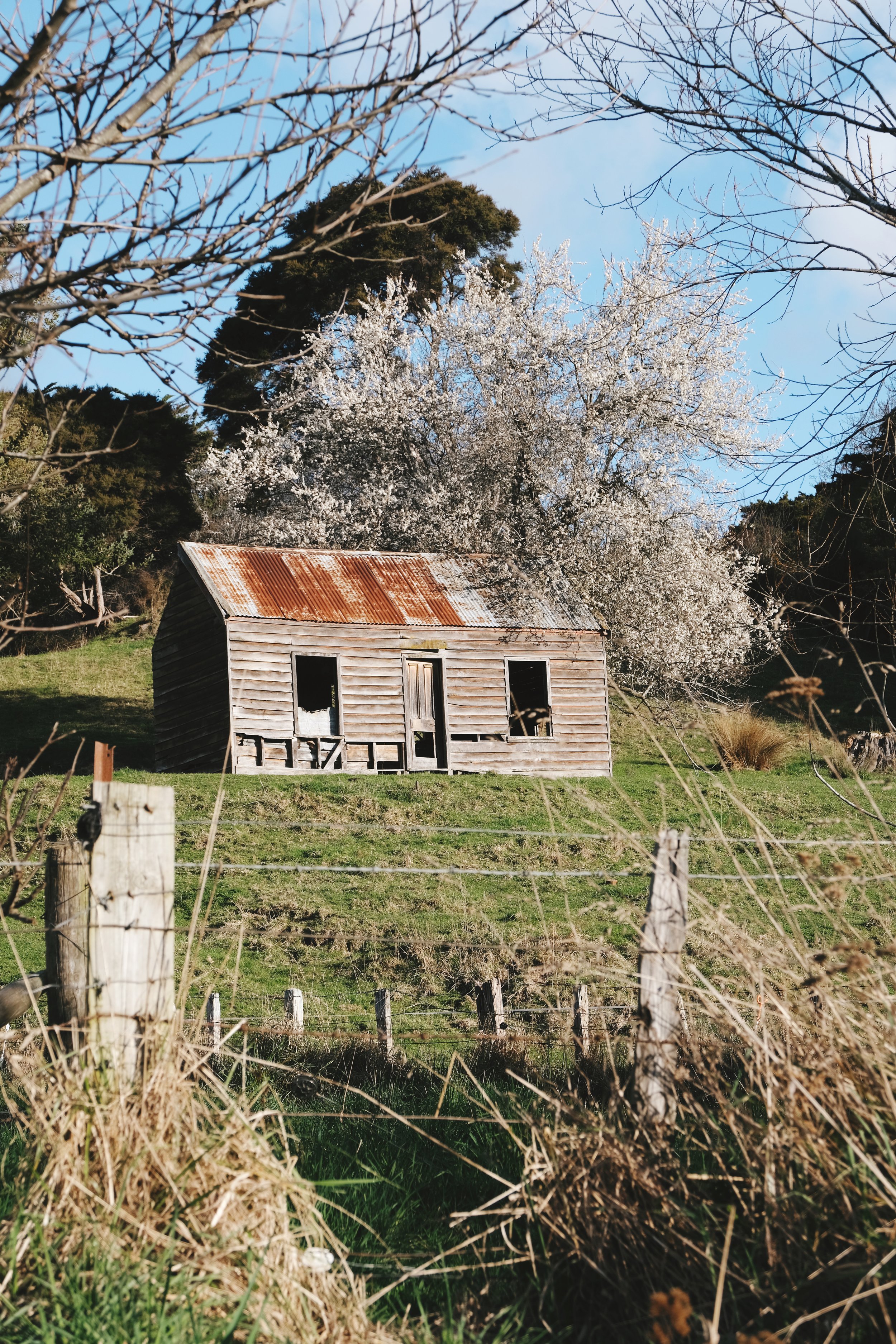The good vibes of blossom
/I feel so greedy in early spring, sucking up every tiny offering that my garden and surrounds have to offer. By October I am spoilt again with so much eye candy that I don’t ever pay quite the same attention as I do with my hungry winter eyes.
Every budding daffodil is cheered on and I happily lose time watching the tiny wax-eyes flit and swing through my first plum blossom. I welcome the white polka dots of fallen petals on my lawn and can’t drive anywhere without seeking out flashes of juicy pink magnolias and sunny wattle in other people’s gardens. Wandering around Banks Peninsula last weekend I couldn’t miss the energetic acid tinge of new growth in the paddocks or the rural roadsides dotted with scraggly blossoming wild prunus that otherwise goes unnoticed for the rest of the year.
A little wax-eye in my plum tree
Delicate and fleeting plum blossom in my garden.
Aside from lamby gangs racing along fence lines, blossoming trees are surely the number one unavoidable signal that the seasons are moving forward. Even as a non-gardener, clouds of blossom amid the evergreen and spindly winter landscapes cannot be ignored and immediately lifts the spirits out of the cool weather hangover.
When I started gardening, the term ‘prunus’ left question marks hanging in my mind.
With better understanding now, I realised it is the easy way to refer to fruiting trees and shrubs, given it is such an enormous genus and often hard to individually identify species. Mostly found in temperate regions around the world, these plants issue clusters of white and pink flowers whose fruit can be used for food. However, there are many ornamental varieties that fruit as well, but sporadically with small inedible results that greedily get munched up by birds.
At this time of year, it is these ornamental “wild” varieties that drag our attention to the roadsides where they have been spread over time by birds, many continuing to establish themselves through suckering. These early flowering species like the very common Cherry Plum Prunus cerasifera, hot pink Taiwan Cherry Prunus campanulata and clustered white Japanese Hill Cherry Prunus serrulata are even listed on our national weed databases as naughty creatures that enter habitats without asking.
Wild prunus on the roadside near Little River, Banks Peninsula
In my own garden, I inherited a number of prunus. Four ornamental cherries that seem to have no rhyme or reason with their blossoming schedule, constantly budding up ready to have another go three or more times a year! The very spikey old plum with purple foliage and pink blossom is missed this year as it was diseased and had to be removed, but its cousins, bearing pretty unappetising, very messy fruit live on for now however I think my neighbour is hoping at least one will be banished!
I have a dwarf apple tree ‘Blush Babe’ in a barrel that we get about four apples from a year if I can keep the bugs at bay, but it is a very pretty addition nonetheless.
My favourite however is the huge old cherry in the centre of the garden that will be due to flower next month. Its dense clusters of blossom resemble giant popcorn and only offer a few handfuls of edible cherries each year if we are lucky.
An old prunus wit its old house near Little River.
I think the staggered flowering of prunus is their most appealing attribute. The gutsy early ornamentals make way for beautiful almond, apricot, plum, sweet cherries then pear, apple, quince and medlars among so many more. Up until last year, I had staked apple blossom as my favourite of them all. So romantic with the wash of water colour pink at their centre, but then I met quince with its incredible scent and bright green rounded leaves and I was swayed to crown it prettiest of them all.
A gorgeous orchard in Cooptown, Banks Peninsula bursting into life.
Wild prunus roadside near Tai Tapu.
The romance of blossom is celebrated through art and culture around the world. Here in Christchurch, North Hagley Park sports an avenue of the hybrid Yoshino Cherry Prunus x yedoenis
that draw crowds of appreciators in September not unlike the celebratory migration of blossom watchers in Japan for their annual Hanami festival. This is a centuries-old custom of enjoying the fleeting and transient beauty of flowers, namely the Sakura (cherry) and less often, plum. The tradition is so entrenched in their culture that there is even a blossom forecast announced each year to allow citizens to plan their gatherings when the trees are at their most abundant.
Blossom signals spring, but also new life and potential. When we speak of a person “blossoming” we refer to a kind of revival, confidence or emerging beauty of their being. A blossoming relationship speaks of a positive and growing connection. All in all, blossom in its physical and metaphorical forms is loaded with good feeling and part of mother natures life cycle that drags us forward no matter what the world is doing around us.
This is an expanded version of the article featured in my Stuff ‘Homed’ gardening column for beginners , The Press, Dominion Post and other regional papers on September 1st 2022
All words and images are my own, unless otherwise credited.








